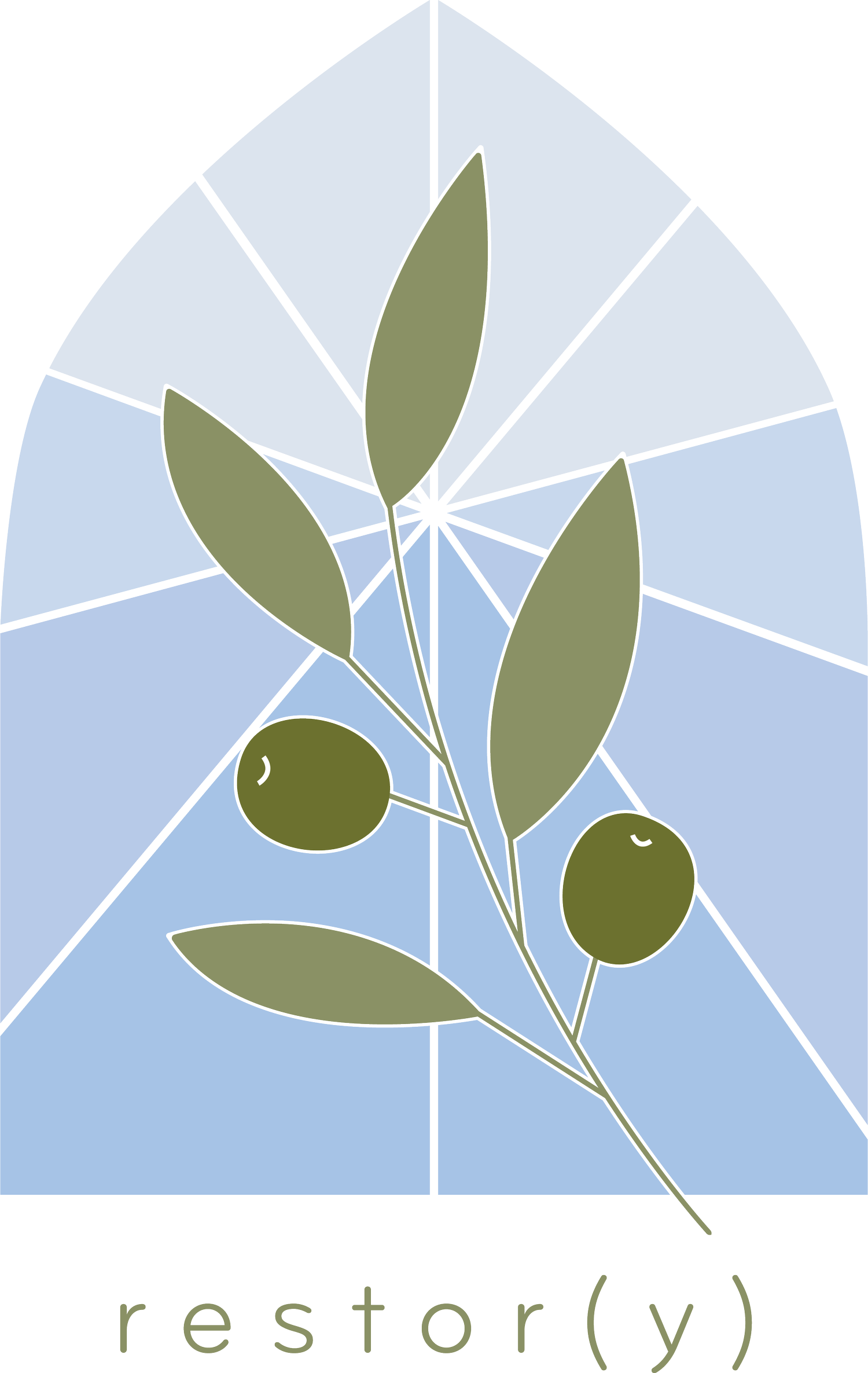A Restorative Holy Week
Have you ever wondered what the conversations between followers of Jesus sounded like on Holy Saturday, that day between the crucifixion and the resurrection? Holy Saturday is often a day skipped over in our churches, or maybe we’re hosting a neighborhood egg hunt. We might have a midnight service, but our knowledge that “Sunday’s coming” often robs us of recognizing and remembering the gravity of that day. We rush from crucifixion to resurrection without taking time to stay in that terrible middle place of holding suffering and waiting for healing. That is not a place many of us like to be and so we quickly move through it so that we might declare, “Christ is risen, he is risen indeed!” However, author Shelly Rambo reminds us that the spirit of remaining that characterizes Holy Saturday is essential to our churches being places of healing for those wounded by trauma. As we continue to think through ways to seamlessly weave restoration into the life of your church, my invitation to you is to recognize Holy Saturday and the invitation of Holy Week to engage in testimony.
Now, if you grew up in a church that held “testimony services,” where individuals shared the ways God had redeemed or healed them, I’m going to ask you to stretch your imagination of what a testimony might sound like. The testimonies of God’s saving work are powerful and important. We must share those as Mary Magdalene did on Easter Sunday when she declared to the disciples, “I have seen the Lord!” However, Holy Week places us in the middle space where suffering lingers and restoration still feels far off if not impossible. In these moments we must engage in a different form of testimony, one that has the potential to be just as healing as our “I have seen the Lord moments.” What does this form of testimony sound like? Well, it sounds like how I would have imagined those conversations on the first Holy Saturday would have sounded.
Think back with me to the description of Holy Week in scripture, there is so much packed into a few short days. Jesus demonstrates a wide range of emotions, weeping over Jerusalem, turning over tables in the temple, curing the fig tree, washing his disciples feet, sweating blood in the garden. It is a week marked by sorrow, stress, anger, but mostly deep love. The disciples witness all of it. They then experience tragic betrayal marked by a kiss. Judas breaks relationship with both Jesus and the remaining disciples. However, he is not the only one to break relationship. Scripture recounts Peter’s denial of Jesus and gives indication that many of those who had walked closely with Jesus for three years did not make the journey up Calvary. Still, John and many of the women who were disciples of Jesus remain. They stay to the very end. Jesus takes his final breath, Joseph of Aramathea places him in a tomb, and Good Friday ends followed by the silence of Holy Saturday.
That first Holy Saturday would have been filled with much emotion for the followers of Jesus. The trauma would have hung heavy around them. Would they have known that Judas had hung himself? What would that knowledge have added to their pain? There would be different forms of pain felt, perhaps shame and remorse experienced by those who also left Jesus’ side. Would those who remained have been disturbed by images of their Lord tortured and murdered? Would anyone have been able to sleep? Would they have all been silent or would some seek to name what they had just experienced? Trauma studies teach us that the area of the brain responsible for speech is interrupted during traumatic events. This is one reason why listening to victims of trauma tell their stories is so important. The story will often shift and change as memory is restored and those who have suffered are able to begin to recount more of what happened. Giving voice to the pain is essential to healing. This is a form of testimony.
I imagine the testimonies of Holy Saturday sounding most like questions. “Now what?” “Were we wrong about who he was?” “How could we have left him?” “Why couldn’t he save himself?” “Did you hear everything he said?” “Remind me what his last words were?” As each follower of Jesus sat with the others, I imagine them taking turns recounting all they had experienced. Processing together, perhaps taking breaks to simply weep together or simply hold one another. At some point the women begin preparing spices (I imagine Martha having a key role in this, reverting to her doing tendencies to help make meaning of the pain). In all these ways they share testimonies of the pain they carry and as they do so it becomes a bit lighter, not because it is easier, but because it is shared and carried by many rather than any one individual.
This is in part the invitation of Holy Week, and a characteristic that marks restorative churches. Restorative churches, ones that bring healing to their communities, are those that can bear messy testimonies. They provide space for people to share their suffering before resurrection comes. They welcome questions that don’t yet have answers. They seek to fulfill the words of Galatians 6:2 which reminds us to “Bear one another’s burdens.” They let people tell their stories of pain multiple times, recognizing that stories of trauma often require multiple tellings to be told in full. These churches do not rush people from Good Friday to Easter Sunday, rather they know how to remain in the middle space of Holy Saturday.
Restorative churches can bear messy testimonies.
So how will you intentionally make use of Holy Week this year to invite your people into testimony? How can you show up in that middle space?
